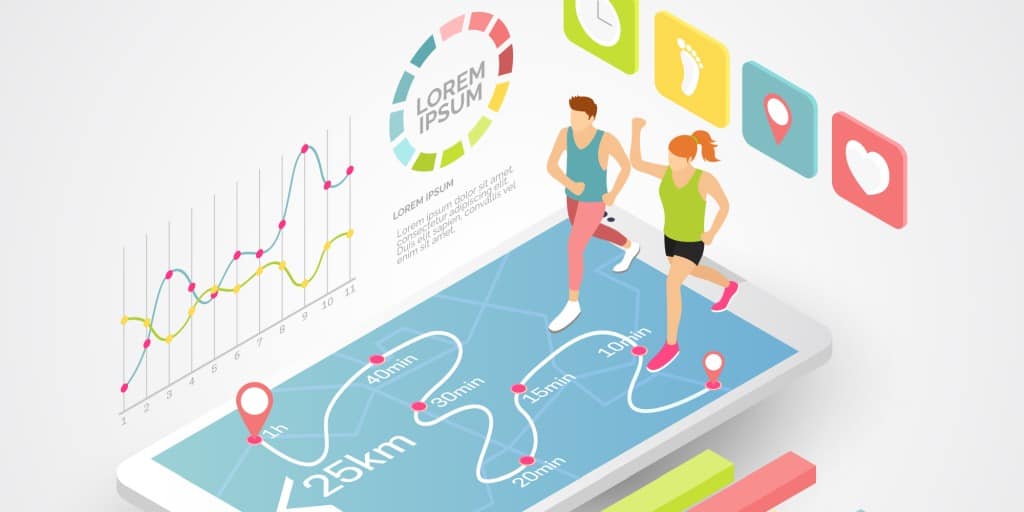With summer and warmer months just around the corner, more and more homeowners will be looking to have their air conditioners serviced or even shop for new ones. They however need to be sure of whom to call whenever faced with an AC breakdown. With many players offering a similar service, you want to ensure that target clients/customers can easily find your business. Proper marketing and advertising are some of the best ways to get your business known online and offline. Here are a few tips and tricks on how to market your air conditioning business.
1. Identify Your Target Market
Commercial building owners, homeowners, and property managers are the most typical customers/clients for the air conditioning and heating business. Although you can choose to service all these, it would be advisable to focus on a specific market first, then grow from there. Homeowners are an excellent place to start. Many new homeowners, for example, could be looking to upgrade their HVAC software, units, carpets, tiles, and other appliances. Others prefer replacing existing HVAC units and water heaters to help improve their home’s market value before putting it up for sale. You can thus target this market and deal with local real estate agents for help reaching home buyers and sellers.
2. Advertise On Marketing And Advertising Media
For a new business, pick an easy-to-remember business name, preferably one that starts with the letter ‘A.’. Potential customers will see your business name on the first pages of a directory, say yellow pages. This increases the potential of attracting new customers too. Be sure to define your business’ specialties and abilities and competitive rates. Choosing an easy-to-remember name and getting listed on business directories is the first step. Next, you’ll need to create a brochure, sales letter, advert, or any other promotional piece.
Consider advertising your business online and in print. Consider buying a small space to advertise your business in local newspapers and yellow pages. Consider running the adverts in winter, and summer months. An optimized website would also come in handy in attracting customers online too as can a Google My Business profile.
3. Join Community Organizations
Community organizations provide an excellent platform for you to market and promote your business. It would therefore be advisable to join and participate in events held within the community. Consider joining houses of worship, schools, Facebook groups, small business owners, and other networking platforms to boost your exposure. Make the most out of these groups by participating in social events and ensuring your business is seen.
4. Consider Maintenance Marketing
Do not wait until your client’s air conditioner breaks down to service it; promote maintenance marketing as a service. Keep all contacts of your previous customers and keep them informed of the importance of routine maintenance. Send them postcards and reminders of when their maintenance is due. Some clients may wish to signup for annual or bi-annual AC maintenance.
5. Use The Power Of The Social Media
Create a YouTube Channel, Facebook business page, or even a blog to market your business. You could use these channels as an awareness platform to help audiences and customers handle and care for their air conditioners. Use short video teasers to keep audiences involved and yearning for more.





